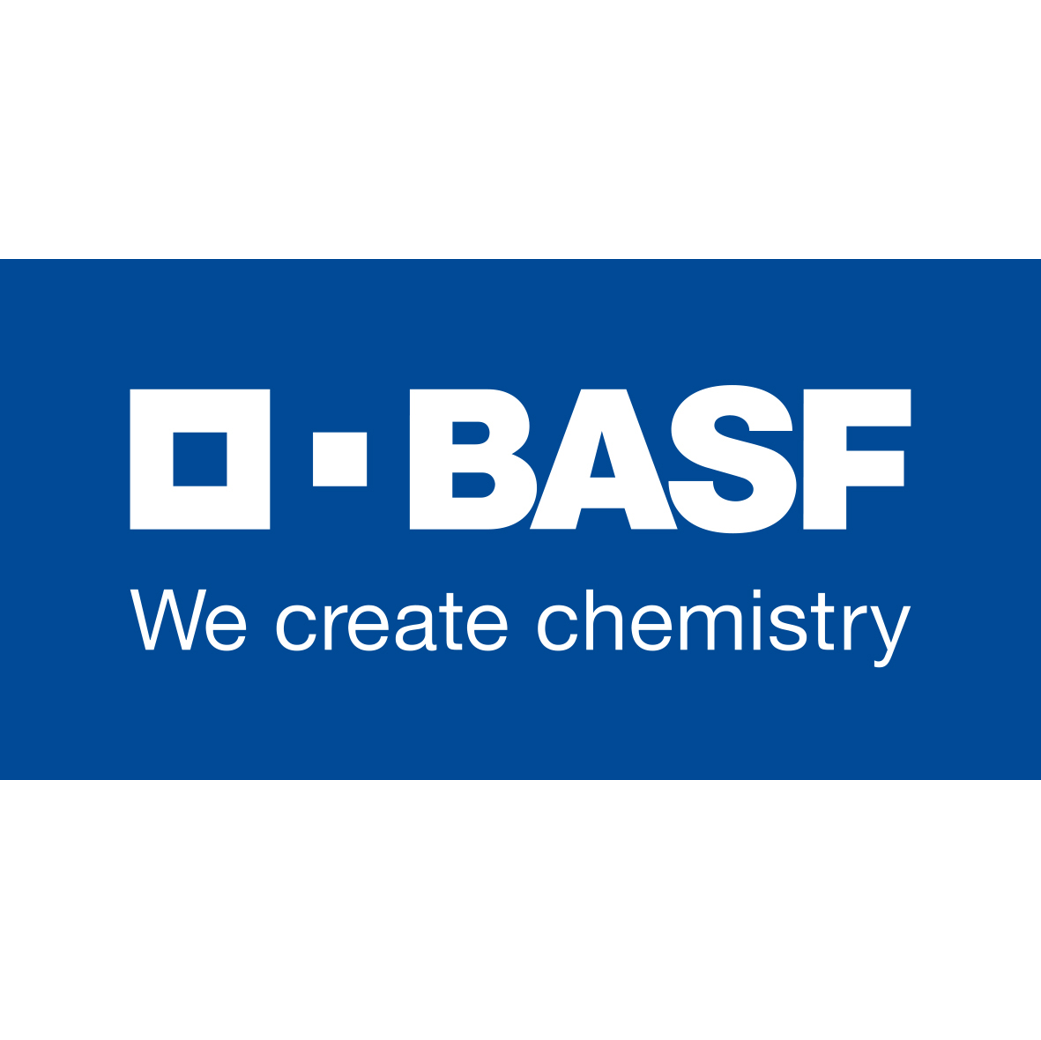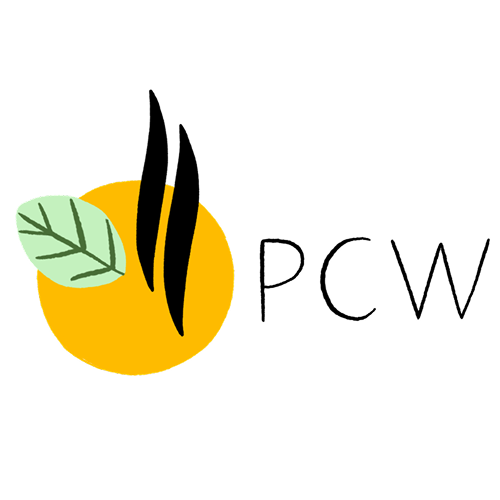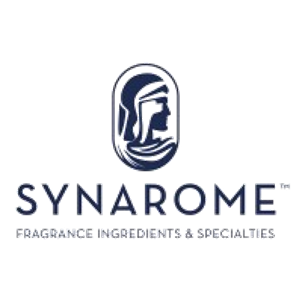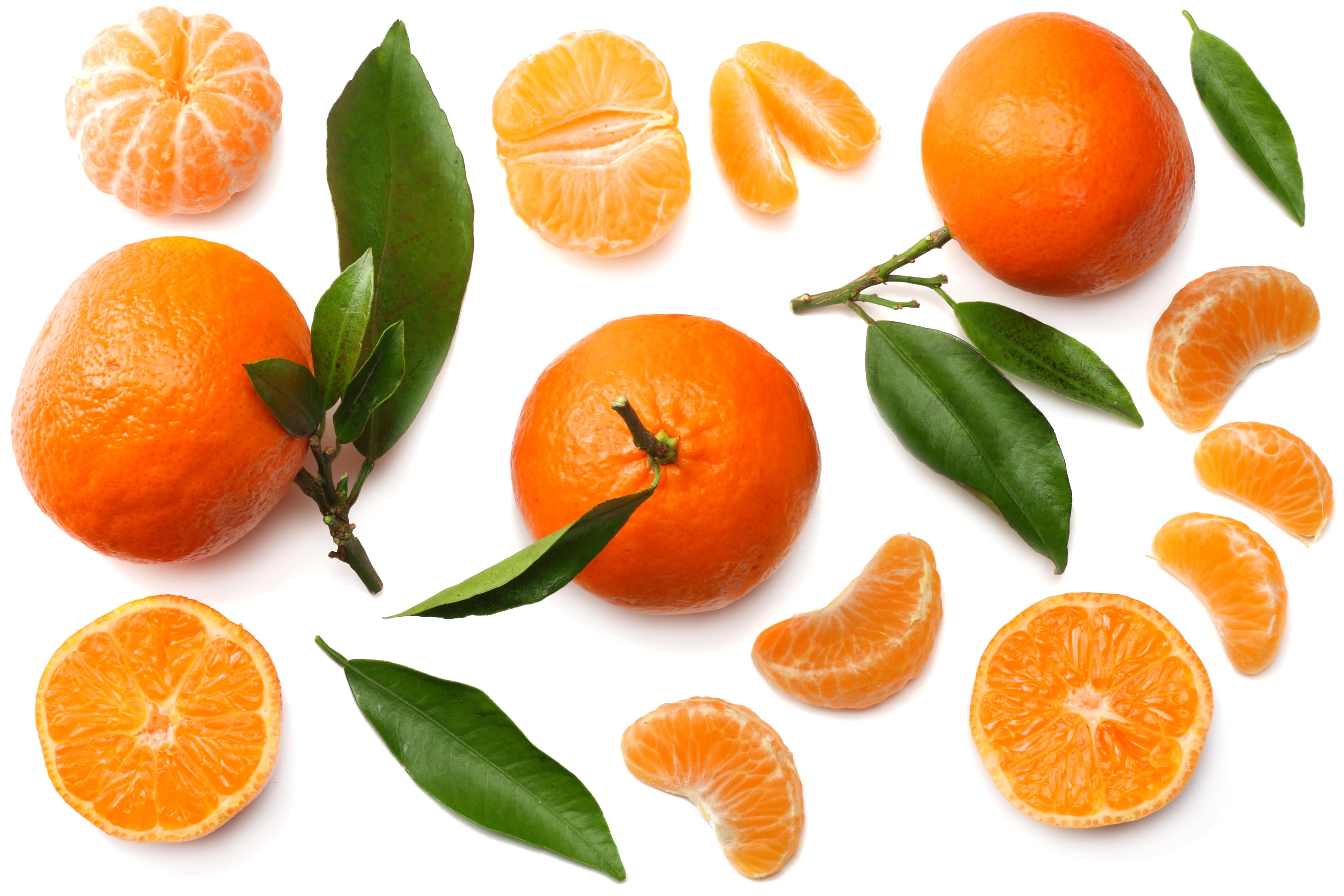
| Company | Ingredient Name | ID | Comments | Naturality | Certifications | MOQ | Latin name | Treated part | Geographical origin |
|---|---|---|---|---|---|---|---|---|---|
|
|
Huile essentielle de Mandarine jaune - 30 gr | - |
Visit website
|
- | - | - | - | - | |
|
|
MANDARIN YELLOW ITALIA EO | - |
Visit website
|
- | 10 grs | - | - | - |
General Presentation
-
CAS N° :
84929-38-4 -
EINECS number :
284-521-0 -
FEMA number :
2657
-
Volatility :
Head/Heart -
Price Range :
€€
Physico-chemical properties
-
Appearance :
Orange liquid -
Density :
0,848 - 0,855 @20°C -
Refractive Index @20°C :
1.472 - 1.478 @20°C -
Optical rotation :
+64° // +75° -
Vapor pressure :
Data not available. -
Flash Point :
49°C (120.2°F) -
Acid Value :
Botanical informations
Botanical name :
Citrus reticulata Blanco
Synonyms : Citrus deliciosa Ten. // Citrus chrysocarpa Lush.
Botanical profile :
The mandarin is the fruit of the mandarin tree, belonging to the Rutaceae family and the genus Citrus L.
The Rutaceae family includes all citrus fruits, as well as plants such as buchu and amyris.
Chemotypes :
The Citrus L. genus, which includes the vast majority of citrus fruits, contains a large number of varieties used in perfumery:
- Citrus × aurantium L.: Bitter orange tree, cultivated in Spain and Florida. Orange oil expressed (Bitter) / Orange oil (Bitter) / Petitgrain bigarade oil / Petitgrain bigarade absolute / Petitgrain oil (Paraguay) / Orange flower absolute (Bitter) / Orange flower concrete (Bitter) / Orange flower SFE (Bitter)
- Citrus × aurantiifolia (Christm.) Swingle: The lime tree, mostly cultivated in Mexico. Lime oil expressed / Lime oil distilled
- Citrus × bergamia Risso: The bergamot tree, a hybrid of lemon and bitter orange, cultivated for its fruit and petitgrain oils. Bergamot oil expressed / Petitgrain bergamot absolute.
- Citrus hystrix DC.: Kaffir lime, grown in Thailand and India. Kaffir lime oil.
- Citrus × junos Siebold ex Yu.Tanaka: Yuzu, produced in Japan and Korea. Yuzu oil / Citrus junos oil / Citrus junos extract
- Citrus × limon (L.) Burm.fil.: The lemon tree, cultivated in Italy for its fruit and leafy branches. Lemon oil / Lemon oil (distilled, rectified) / Petitgrain lemon oil
- Citrus × paradisi Macfad.: The grapefruit tree, of Malay origin, cultivated in Brazil and Israel for its fruit’s essential oil. Grapefruit oil / Grapefruit flower oil / Grapefruit oil expressed
- Citrus sinensis L.: The sweet orange tree, widely cultivated in Brazil and California, is the most used citrus in perfumery. Orange flower absolute (Sweet) / Orange flower concrete (Sweet) / Orange flower SFE (Sweet) / Orange cold pressed (Sweet)
- Citrus reticulata Blanco: The mandarin tree, especially cultivated in Italy for its fruit and petitgrain (leaf oil). Mandarin oil (red) / Mandarin oil (yellow) / Mandarin oil (green) / Petitgrain mandarin oil. Its hybrid with sweet orange gave rise to the clementine (Clementine oil).
- Citrus medica L.: The citron tree, grown in Sicily. Citron oil.
Extractions & Uses
Extraction process :
The mandarin tree can measure up to two meters in height and its fruits diameter is 5 to 9 centimetres.
This quality of mandarin is called ''Yellow '' because the fruit is harvested when it is nearly ripe. Before being orange/red, the fruit is yellow. It is possible to obtain different qualities of mandarin depending on the degree of ripeness of the fruit. In chronological order of harvest: Mandarin Green EO (harvest in Oct/Nov) then Mandarin Yellow EO (or Light Mandarin - harvest in Nov/Dec) and finally Mandarin Red EO (harvest in Jan/Feb).
The harvest is done in december, in the middle of the harvest season and can be done manually or mechanically depending on the crop. The fruits are placed in a basket or container and taken to the factory.
The essential oil of mandarin is obtained by cold expression, as for Bergamot EO and Sweet Orange EO. Fruits are sent to the factory where they are sorted and washed. Afterwards, they go into a sfumatrice to remove and crush the zest. During this process, all the epicarp pockets containing the essential oil burst. The essential oil and zest debris are driven to a centrifuge by a stream of water. Centrifugation is used to separate the essential oil from the zest, then from the water in a decanter.
The essential oil of mandarin can be subjected to a new distillation to remove some terpenes or to isolate them. ''Mandarin terpenes '' and a deterpenated mandarin essential oil are obtained. A deterpenated essential oil is more powerful because it contains more aldehydes and other powerful compounds in its composition. The oil can be rectified to remove the furocoumarins (photosensitizers).
Uses in perfumery :
Used in citrus accords in eaux de toilette and eaux fraîches. Greener, medicated and more tonic than an orange essential oil, it allows to vary the top notes of a perfume.
Stability :
Solubility issues in perfumes
Citruses tend to fade through time in perfumes
Limonene tends to convert into Carvone through time, and to give a minthy note to the oil
The terpenes identified in this raw material can polymerize when they are oxidized
Major Components :
- D-Limonene (65 - 70%)
- Alpha-terpinene (15 - 20%)
- Cimene (1 - 8%)
- Alpha-pinene (≈2%)
- Myrcene (≈2%)
- Beta-pinene (≈2%)
- Aldehyde C-8 (< 1%)
- Aldehyde C-10 (<1%)
- Dimethyl anthranilate (≈0,5%)
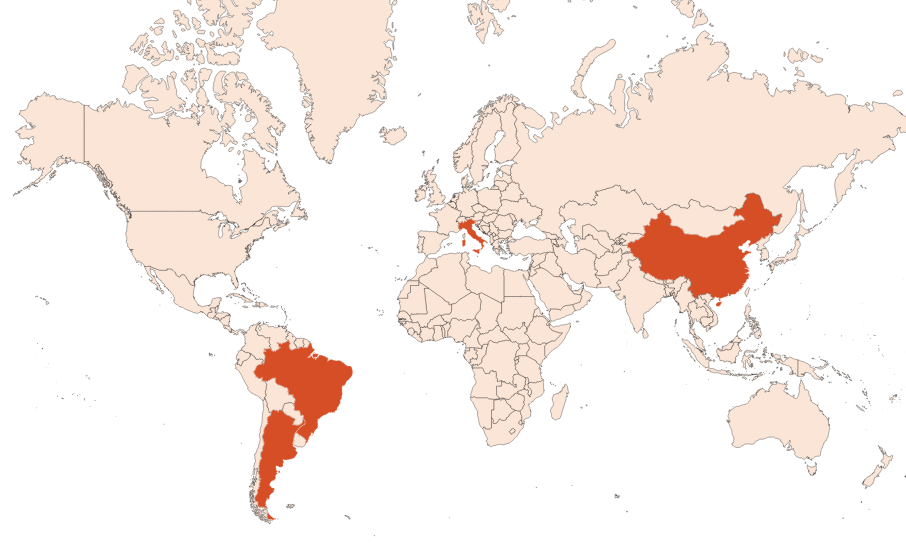
Photo credits: ScenTree SAS
Other comments :
The main producer of this fruit is Italy (region of Calabria).
Mandarin essential oil, like all citrus fruits, is photosensitizing.
Citrus currently suffer from a disease called ''citrus greening ''. This disease is deadly for citrus fruits and no treatment exists. It is transmitted by a vector insect that attacks young shoots: the psylla. This results in the premature death of many trees and therefore the decline in the general production of the essential oil and its quality (reduction of the Limonene level).
IFRA
IFRA 51th :
This ingredient is not restricted for the 51th amendment





